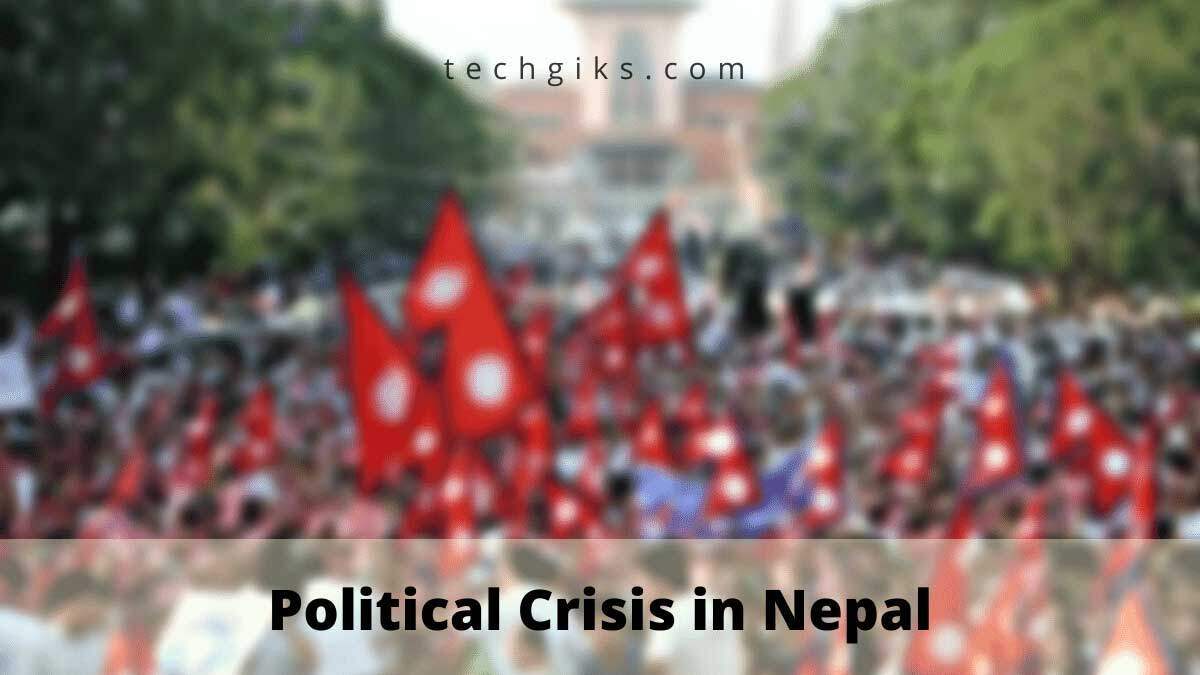Political Crisis in Nepal
(First published date: 2006/2007)
The recent incident that developed suddenly in Nepal has added some more crucial responsibility on the shoulder of civil society in protecting and promoting human rights in Nepal. The truce has been announced by both warring parties (government & Maoists). The government has withdrawn the ‘terrorist’ tag on the Maoists. Similarly, it has also taken back the decision of ‘red corner notice’ and another title of ‘price on heads of the major leaders of the Maoists’.
On the other hand, the Maoists have also postponed all kinds of their armed movements, announcing that they have ‘agreed with the government’s proposition of cease-fire’ on the condition of holding round table discussions, including representatives of the political parties and members of the civil society.’ They have also raised the issues of ‘interim government’ and the ‘constituent assembly’, for which they have said the round table discussion’ will be the base.

The government and the Maoists have, thus, agreed to come to the negotiating table, forgetting all the pains and trauma of the victims of the armed conflict. None of the warring forces has announced yet what to do with the victims of the war, which were solely caused due to them. The cease-fire was announced after killing more than 7,400 people in Nepal’s seven years of deadly conflict. The second round table discussion was completed between the government and the Maoist for peace talks. Many questions arise: What will be the people’s agenda? Our concern should be towards it.
The Nepalese Maoist insurgency began in a few areas in February 1996 and quickly extended to other regions thanks to political unrest and administration failures. It was simple for Nepalis who felt duped by their leaders to buy into the Maoists’ vision of a communist utopia because of rising corruption, poor governance, and governments’ incapacity to satisfy public desires. The Maoists were astute enough to see that their philosophy would not be enough to gain support from the general public, and they started focusing on issues important to most rural Nepalis, such as exploitation, discrimination, poverty, corruption, and inequality.
They established uncomfortable stability, much like the Taliban did in Afghanistan, despite their intolerance for disagreement or discussion. Although many Nepalis seemed to accept the Maoists’ goals—namely, the end of the monarch’s absolute authority and establishment of a more just society—their tactics quickly alienated foreign and domestic support. Along with a generalised onslaught against the state that included ambushing security troops and bombing district offices, kidnappings, abductions, assassinations, rapes, disappearances, and taxing the peasantry, all became commonplace. These strikes resulted in several civilian deaths.
If the cease-fire could be announced so quickly, what for the war? Why killings? Why abduction? Why incommunicado? Why illegal detention? Why contempt of court orders? Why an environment of self-terrorising people? What about internal displacement? And so on. As the civilian people are suffering from the effects of the conflict – unmanned health posts, the building of wells has stopped, schools are closed, and an urgent need to use one’s expertise to revitalise such issues.
Another very urgent need, in the present context, is to identify the People’s Agenda to intervene in ‘the round table discussion’ of the warring forces so that they could concentrate on the actual causes of the conflict, its effect and, more importantly, what affected civilians say about the prevention of this conflict. From the ground level, these people’s plan should evolve into national-level politics to convert the announced truce into a durable cease-fire by intervening in the announced ‘round table discussion.’ Finally, hope you liked the blog on Political Crisis in Nepal.
Finally, we hope you found some helpful info on A Path to Peace. Explore Political Instability in Developing Countries.
If you want to know more about developing countries’ situations. Visit for tips for content writing.
